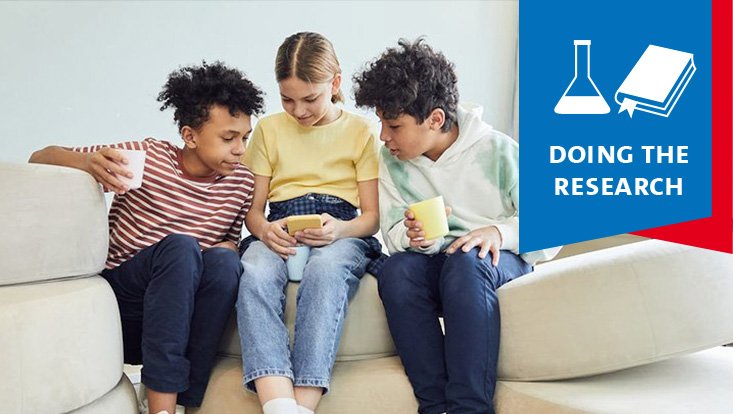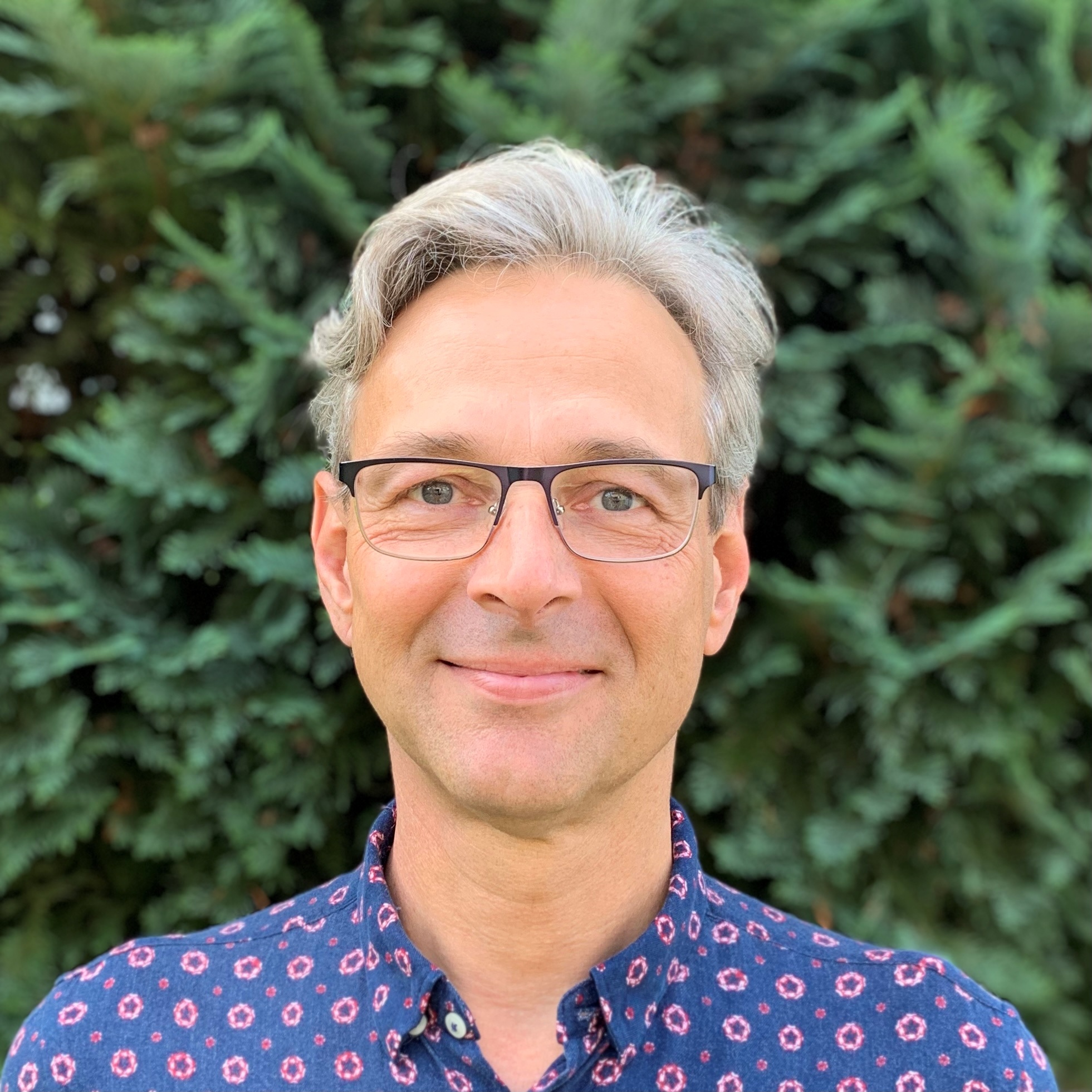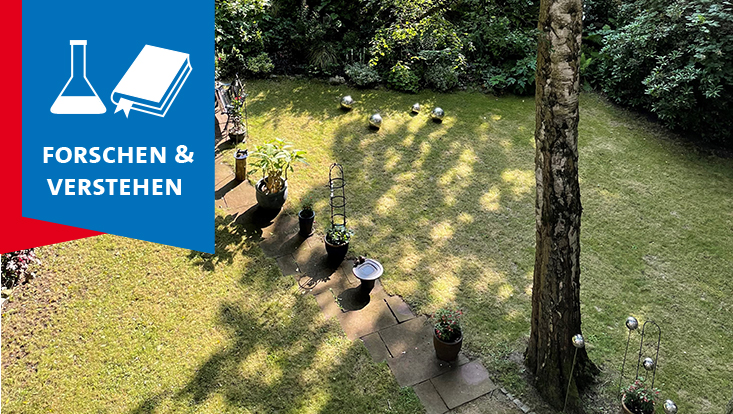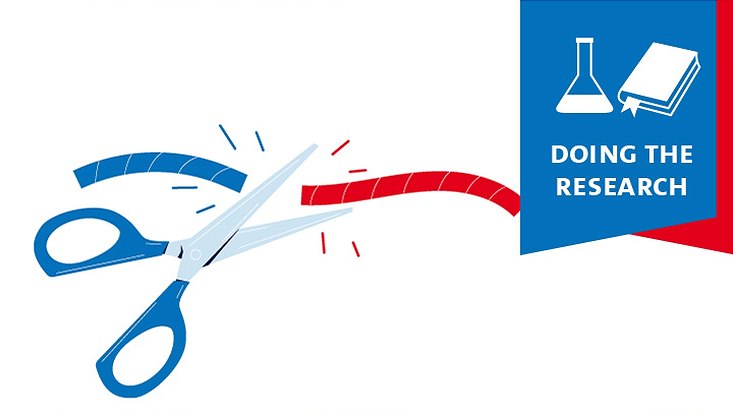Knowledge or trustHow Children Learn to Recognize Disinformation on Social Media
4 July 2024, by Anna Priebe

Photo: Pexels/Vanessa Loring
Children are constantly faced with disinformation, for example, about climate change, in social media. Prof. Dr. Dietmar Höttecke, professor of physics education in the Faculty of Education, and his team are studying how they can learn to assess facts correctly.
Social media is the main source of information, for example, on climate change, for children. What information do they find there?
Scientific knowledge is imparted on these platforms by alleged experts. This is also true when it comes to information about climate change. While most people are convinced that climate change is really happening, there are still systematic strategies for sowing the seeds of doubt. Usually, they focus on the consequences and how we deal with climate change.
And doubt-mongers often use a combination of correct and incorrect statements. For example, a message states that climate change is real and there is more CO2 in the atmosphere, but it is used by plants as fertilizer. It goes unsaid that these plants will dry up in many parts of the world thanks to more droughts and dry periods and that they cannot process the CO2. This kind of false information and half-truths is used to manipulate.

You are looking at how to teach young people to best handle this information. What approaches are you taking?
We are testing 2 strategies that you can use on social media to decide whether to believe someone or something. The first relies on specialist knowledge. The classic responsibility of natural science classes is, of course—put briefly—to provide schoolchildren with enough information about the subject to make good decisions.
However, the world has become highly complex and the variety of problems that we find on social media is huge. So many different things related to science are being addressed that it is basically impossible to adequately prepare young people for every sub-problem. Of course, you can look up certain information on the internet, but in reality, nobody spends hours doing research on the basic premises of a post.
So we use a second strategy to empower young people to make good judgments based on trust, regardless of subject area. This relies mostly on an understanding of how science fundamentally works: What is scientific consensus? What scientific institutions are there? And how do I recognize a trustworthy expert? You can do this in just a few minutes.
How do you do the research?
We are conducting an experimental study for which we have developed 2 training units, or “interventions.” One training unit provides young people with expert knowledge about physics and geography, etc. The other training unit teaches an approach that combines different media education elements with knowledge about the nature of the natural sciences and that should facilitate trustworthy judgments about people and statements. We focus, for example, on methods of fact-checking or a lateral reading research technique in which several internet pages can be used at the same time. We are looking at the training units with regard to their effects but we are also interested in the combination of interventions.
What do the test groups look like?
We are working with eighth through eleventh graders from a school we are cooperating with for the project. Overall there are roughly 400 children that we are putting together in new learning groups for our interventions.
To make these groups as statistically similar as possible, we are conducting an initial measurement prior to the interventions. From the data, we can interpret a spectrum of different characteristics and abilities and in this way create groups in which the participants’ conditions are distributed as equally as possible. These groups would then do the training units.
The test tasks have been conceived so that they can be solved correctly in both units.
And how do you determine whether and how the training works?
We have developed measuring tools that can show whether the interventions change the ability to assess statements about climate change. To do so, we use, for example, so-called vignettes. These are combinations of a person presented using a picture and a name and a short statement on climate change of the kind you find on social media. The children should assess this person or their statement and recognize half-truths or lies. We will also ask how they reached their conclusion.
We took the statements about climate change from the internet or publications on the topic, meaning they are authentic. The people are also real and you can research them in the internet.
We show the children variations of these assessment tasks, during and after the interventions. The test tasks have been conceived so that they can be solved correctly in both units. We want to know to what extent an intervention or the other is superior.
How can the findings be integrated later into the classroom?
For now, the research question is not directly related to the curriculum we find in schools. We can only say something about meaningfully incorporating findings into the classroom when we have the findings. The major benefit of this study is that we assume with both interventions that they will have positive effects. But we do not know their relationship to each other: How important is expert knowledge for the assessment, how important the general ability to make a trustworthy judgment? We want to contribute to a sound scientific foundation upon which we can make good decisions in the long term. As a rule, educating people on how to teach media is always going to be a cross-cutting topic.
About the project
SMiLey: Science Media Literacy—eine Interventionsstudie is being funded by the German Research Foundation. It is a joint project between the teams headed by Prof. Dr. Dietmar Köttecke in physics education and Prof. Dr. Sandra Sprenger in geography education.
Doing the Research
There are approximately 6,200 academics conducting research at 8 faculties at University of Hamburg. Many students also often apply their newly acquired knowledge to research practice while still completing their studies. The Doing the Research series outlines the broad and diverse range of the research landscape, and provides a more detailed introduction of individual projects. Feel free to send any questions and suggestions to the Newsroom editorial office.


